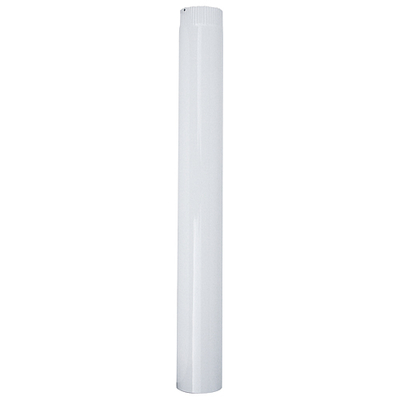enamel
Enamel or enamel (other names: glaze, frosting, glaze) is a protective and/or decorative vitreous coating, applied in a molten state, on art or consumer objects:
made of metal (e.g. on pots, boards with street names, boilers, decorative sinks),
of ceramic material (see glaze (ceramic)),
made of glass (enameled glass)
or rarely of stone.
See below for definition and naming details.
Applying enamel (enamel) is called enameling. The artistic field dealing with the application of enamel is called enameling.

Definition and names
Enamel (other names: enamel, glaze, frosting, glaze) is, in a broader sense, a vitreous (glassy or partially crystalline) coating (usually colored with metal oxides) on artistic or consumer (or technical) objects made of metal, ceramic material, glass or, rarely, of of stone, applied melted and serving for the purposes of decoration and/or improvement of utility properties and/or protection. In the field of art, it is also an artistic technique consisting in the application of this coating.
In narrower meanings, the sometimes mentioned five possible designations (enamel, enamel, glaze, glaze, glaze) denote either (i) only the above-mentioned coating on art objects (and art technique) or (ii) only on consumer (or technical) objects ( especially metal or ceramic or only metal) or (iii) only on metal or (iv) only on ceramic material. Often, however, for these individual narrower meanings (i to iv), certain specific names from the above-mentioned box of synonyms are preferred; Specifically: Email in the broader sense on art objects and as an art technique is most often referred to as email, while it can be noted that until the end of the 19th century, email in the broader sense was only found on art objects. On the contrary, on consumer (or technical) objects (mainly made of metal or ceramic materials), enamel in a broader sense is most often referred to by the name enamel (but some authors here prefer to limit the word enamel to metal consumer objects), while it can be noted that enameled consumer objects exist practically only since the end of the 19th century. Another option is to prefer the designation enamel for enamel in the broader sense on any metal objects, the designation glaze or glaze for enamel in the broader sense on ceramic objects, and the designation enamel for enamel in the broader sense on glass. The Šalingovci (e.g. in the Construction Educational Dictionary and the Great Dictionary of Foreign Words) and also some other sources were of the opinion that the word email should not be used at all as a label for what is the subject of this article (it is therefore incorrect). and the names enamel for metal objects and glaze for ceramic objects are to be used instead (other materials and the artistic sphere remain an open question).
Enamel on metals
Characteristics[edit | edit source]
Enamel is a siliceous melt related to glass, but also to porcelain, which creates an integral protective coating of a smooth and shiny nature on the metal. The firing temperature in the kiln is exactly at the interface between glass and porcelain. Even though enamel is fragile, it can survive for hundreds of years without changing its color or luster. To this day, enamel signs are still being produced to mark streets and house numbers.
Originally, enameling was used primarily as a decorative element on jewelry, later it was also used as a surface treatment of cast iron metals, sheets, which were thus protected against corrosion and weathering.
History
Enameling technology was already used in the ancient countries of the Far East (Japan, India, China and Egypt). A more significant breakthrough in the use of enamel occurred in the Byzantium period, when metal reliefs were decorated with it. In the 5th to 7th centuries AD enameling technology was also transferred to Europe. [27]
Enamel as a surface treatment of metals has been used since the 19th century (especially from the second half of the 19th century). First, iron water containers were enamelled, then baking pans, buckets and even whole cast-iron bathtubs for bathing. Enameled vessels resisted rust and could be decorated with ceramic paints.
The application of enamel was done by sprinkling dry enamel through a sieve or later by dipping it in wet enamel slurry, which was actually enamel powder swirled in water. The enamel then had to be carefully dried before firing. The temperature for firing enamel on metal is between 750-850°C and its effect is very short. The firing temperature of ceramic pigments for enamel is between 700-750°C.
